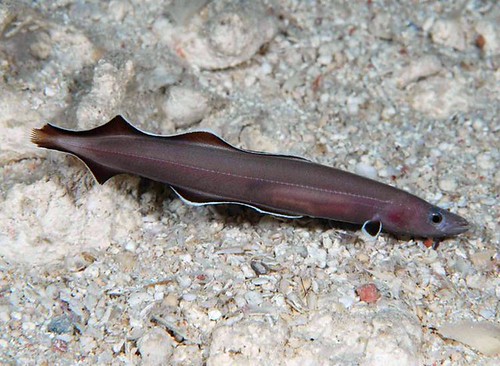
More arm-waving notes on taxonomic databases. I've started to add data to ChecklistBank and this has got me thinking about the issue of data quality.

More arm-waving notes on taxonomic databases. I've started to add data to ChecklistBank and this has got me thinking about the issue of data quality.
Quick notes to self following on from a conversation about linking taxonomic names to the literature. There are different sorts of citation: Paper cites another paper Paper cites a dataset Dataset cites a paper Citation type (1) is largely a solved problem (although there are issues of the ownership and use of this data, see e.g. Zootaxa has no impact factor.
Note to self (basically rewriting last year's Finding citations of specimens). Bibliographic data supports going from identifier to citation string and back again, so we can do a "round trip." 1. Given a DOI we can get structured data with a simple HTTP fetch, then use a tool such as citation.js to convert that data into a human-readable string in a variety of formats.
Quick note on a tool I've been working on to parse citations, that is to take a series of strings such as: Möllendorff O (1894) On a collection of land-shells from the Samui Islands, Gulf of Siam. Proceedings of the Zoological Society of London, 1894: 146–156. de Morgan J (1885) Mollusques terrestres & fluviatiles du royaume de Pérak et des pays voisins (Presqúile Malaise). Bulletin de la Société Zoologique de France, 10: 353–249.
Note to self. The challenge of finding specimen citations in papers keeps coming around. It seems that this is basically the same problem as finding citations to papers, and can be approached in much the same way. If you want to build a database of reference from scratch, one way is to scrape citations from papers (e.g., from the "literature cited" section), convert those strings into structured data, and add those to your database.

I'm giving a short talk at the Workshop On Open Citations And Open Scholarly Metadata 2020, which will be held online on September 9th.
Quick note that Morgan Jackson (@BioInFocus) has written nice blog post Citations, Social Media & Science inspired by the fact that the following paper: Kwong, S., Srivathsan, A., & Meier, R. (2012). An update on DNA barcoding: low species coverage and numerous unidentified sequences. Cladistics, no–no. doi:10.1111/j.1096-0031.2012.00408.x cites my "Dark taxa" in the body of the text but not in the list of literature cited.
This message appeared on the TAXACOM mailing list: Given that most specimens lack resolvable digital identifiers (a theme I've harped on about before, most recently in the context of DNA barcoding), answering this kind of query ends up being a case of searching publications for text strings that contain the acronym of the collection.

Browsing EOL I stumbled upon the recently described fish Protoanguilla palau , shown below in an image by rairaiken2011: Two things struck me, the first is that the EOL page for this fish gives absolutely no clue as to where you would to find out more about this fish (apart from an unclickable link to the Wikipedia page http://en.wikipedia.org/wiki/Protoanguilla - seriously, a link that isn't clickable?), despite the fact this fish

Some quick half-baked thoughts on citation matching. One of the things I'd really like to add to BioStor is the ability to parse article text and extract the list of literature cited. Not only would this be another source of bibliographic data I can use to find more articles in BHL, but I could also build citation networks for articles in BioStor.